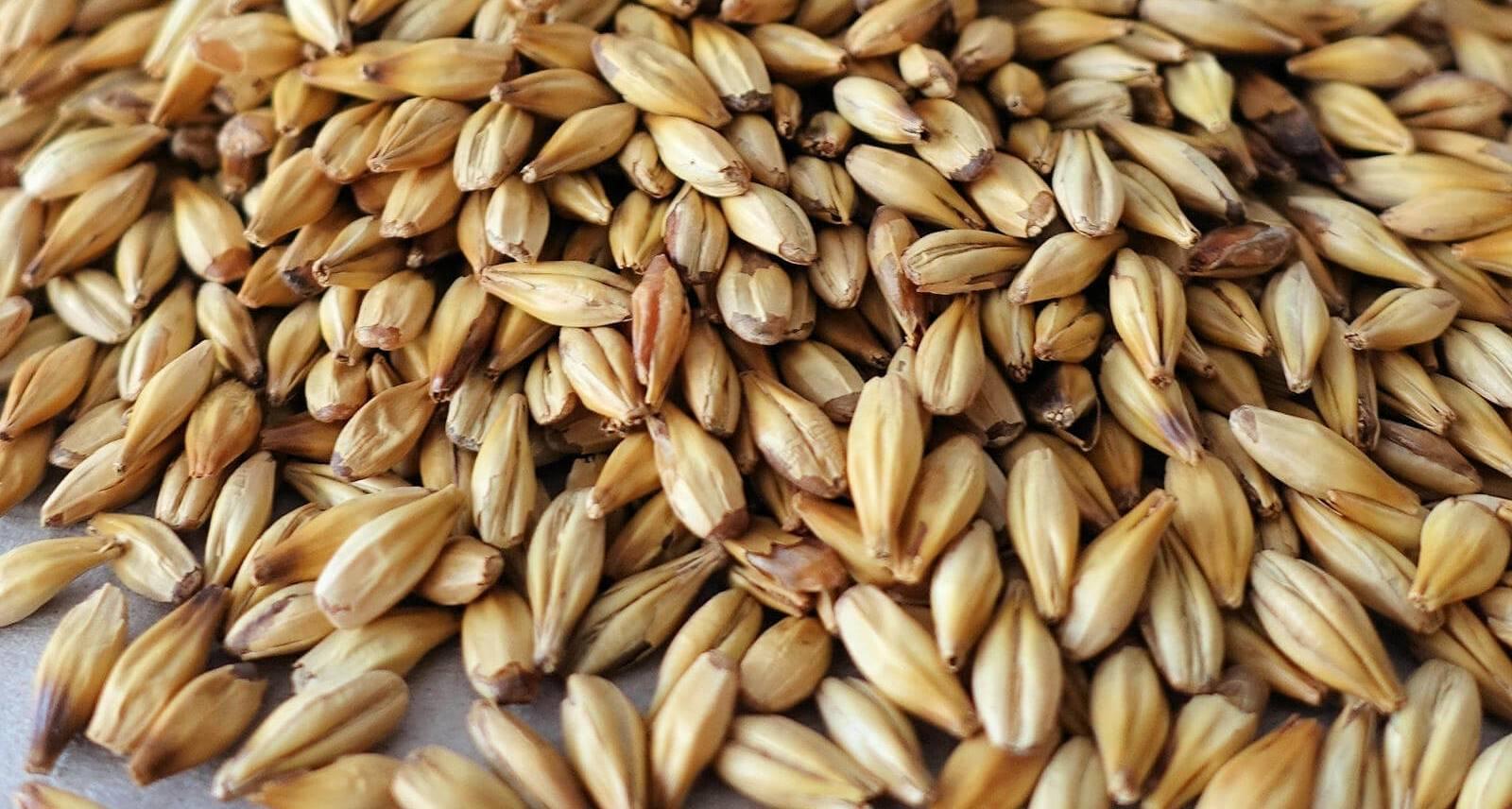Hopped malt extract is used primarily in craft beer production as an alternative to malt in order to impart distinct hop flavors and bitterness levels. It is produced through a multi-step process which involves steeping malted barley in hot water to release fermentable carbohydrates, hopping the wort, concentrating it through evaporation and spray drying to obtain a powdered form. The powder dissolves easily in water allowing precise addition of hop flavors and bitterness to beer recipes. Craft brewers prefer hopped malt extracts as they save time and labor compared to adding hops directly in the mash or boil. The global craft beer market has been growing rapidly, driven by the rising popularity of specialty beers among young consumers who are willing to experiment with new flavors. As craft brewers continue to expand and launch innovative brews, demand for hopped malt extracts from this segment is forecast to increase substantially.
The global Hopped Malt Extract Market is estimated to be valued at US$ 9.41 Bn in 2023 and is expected to exhibit a CAGR of 6.3% over the forecast period 2023 to 2030, as highlighted in a new report published by Coherent Market Insights.
Market Dynamics:
One of the key drivers for the growth of the hopped malt extract market is the rising popularity of craft beer. As mentioned earlier, the global craft beer market has witnessed a consistent growth over the past few years owing to changing consumer preferences. Young consumers in particular are experimenting with new flavors and types of craft beers produced by smaller scale breweries. This has significantly boosted demand for specialty ingredients like hopped malt extracts which provide craft brewers flexibility to create unique beer recipes. According to the Brewers Association, in 2020, craft brewers accounted for over 24% of the US beer market volume. This rapid growth of the craft beer industry worldwide is expected to drive higher consumption of hopped malt extracts during the forecast period.
SWOT Analysis
Strength: Hopped Malt Extract has many health benefits which drives its demand. It is rich in vitamins and minerals. The use of natural ingredients makes it easy to digest.
Weakness: The production process of Hopped Malt Extract is complex and requires sophisticated equipment. This increases the cost of production. Also, frequent changes in climatic conditions can affect the quality and yield of crops used to make it.
Opportunity: Growing health consciousness is prompting people to look for nutritional food and beverages. This provides an opportunity to market Hopped Malt Extract as a healthy alternative. The rising young population also presents a lucrative customer segment.
Threats: Stringent regulations regarding the usage of crops like hops can negatively impact supply. Substitute products in the form of other plant-based extracts can emerge as competition.
Key Takeaways
The global Hopped Malt Extract Market Growth is expected to witness high growth over the forecast period of 2023 to 2030. The market size is projected to reach US$ 9.41 billion by 2024, growing at an estimated CAGR of 6.3%.
Regional analysis comprises
North America currently dominates the Hopped Malt Extract market due to factors like focus on craft beer production and increased health awareness. The US accounts for the major share in the region. Europe holds the second position led by countries like Germany, UK and Belgium. The Asia Pacific region is expected to showcase the fastest growth on account of improving economies, changing lifestyles and rising disposable incomes in developing nations such as India and China.
Key players related content comprises
Key players operating in the Hopped Malt Extract market are Koninklijke DSM N.V., Muntons plc, Associated British Foods plc, The Malt Company, IREKS GmbH,Doehler, Briess Malt & Ingredients Co., Malteries Soufflet, PureMalt, and Huajia Food Technology. Koninklijke DSM N.V. and Muntons plc have a significant market share.
For more insights, read- https://www.pressreleasebulletin.com/hopped-malt-extract-market-trends-size-and-share-analysis/
